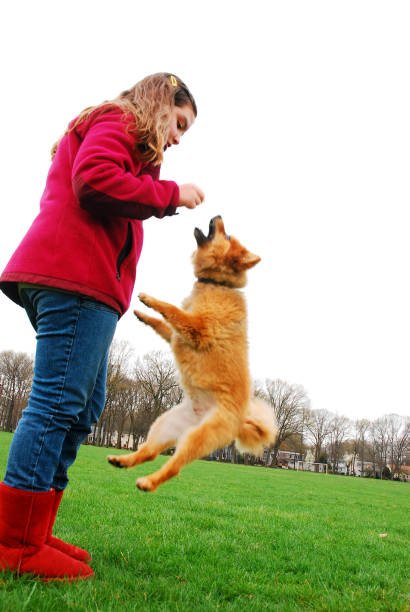
Five Easy Ways To Raise A Good Pet
Five Proven Pet Training Tips to Raise a Good Pet
Whether you’ve got a mischievous puppy, a stubborn senior, or a high-energy fluffball, every pet has the potential to be well-behaved, loving, and joyful. Here’s how you can help them become the best version of themselves!
1. Positive Reinforcement
Positive reinforcement is the foundation of practical training. Instead of punishing unwanted behaviour, reward the actions you want to see. Whether sitting on command, walking without pulling, or waiting patiently before mealtime, celebrate it!
Reward your pet for good behaviour with their favourite treats or a squeaky toy. They’ll quickly learn that being good comes with perks!
✅ Tips:
· Use small, healthy treats that won’t overload their diet.
· Pair treats with verbal praise like “Good boy!” or “Yes!”
· Offer toys, affection, or extra playtime as alternative rewards.
2. Daily Exercise: Channel That Energy Positively
A tired pet is often a well-behaved one. Physical activity burns off excess energy that might lead to chewing, barking, or zombies at 3 AM. Regular play also strengthens your bond and builds trust.
✅ Ideas for dogs:
- Morning and evening walks
- Fetch or tug-of-war in the backyard
- Agility toys or obstacle courses
✅ Ideas for cats and small animals:
- Feather wands and laser pointers
- Tunnels and climbing trees
- Exercise wheels or balls
3. Mental Stimulation: Keep Their Brain Busy
Puzzle toys and treat-dispensing games keep your pet’s brain sharp and behaviour in check.
Just like people, pets need mental engagement to stay happy and balanced. Boredom can lead to mischief, such as shredding shoes or constant barking.
✅ How to stimulate your pet’s mind:
- Food puzzles and treat-dispensing toys
- Hide-and-seek games with treats or toys
- Teach new commands or tricks
4. Grooming, Comfort & Wellness Care
When pets feel physically good, they behave better. Regular grooming helps prevent discomfort, while a cosy environment helps reduce stress and promote calm behaviour.
✅ Key habits:
- Brush your pet regularly to prevent matting and discomfort
- Trim nails to avoid pain and irritation
- Ensure they have a soft, clean space to rest
- Use calming sprays or supplements if your pet struggles with anxiety
5. Consistency: Consistent Routine & Clear Boundaries
Pets thrive on routine and consistency. When they know what to expect, it reduces anxiety and builds trust. Use the same commands, avoid mixed signals, and be patient.
✅ Do this:
- Set regular feeding, walking, and bedtime schedules
- Use the exact words for commands (e.g., “sit,” not “sit down” and “park it” interchangeably)
- Everyone in the household should enforce the same rules
Every pet wants to feel loved. Spend quality time, be patient during training, and always offer affection when it’s earned.
